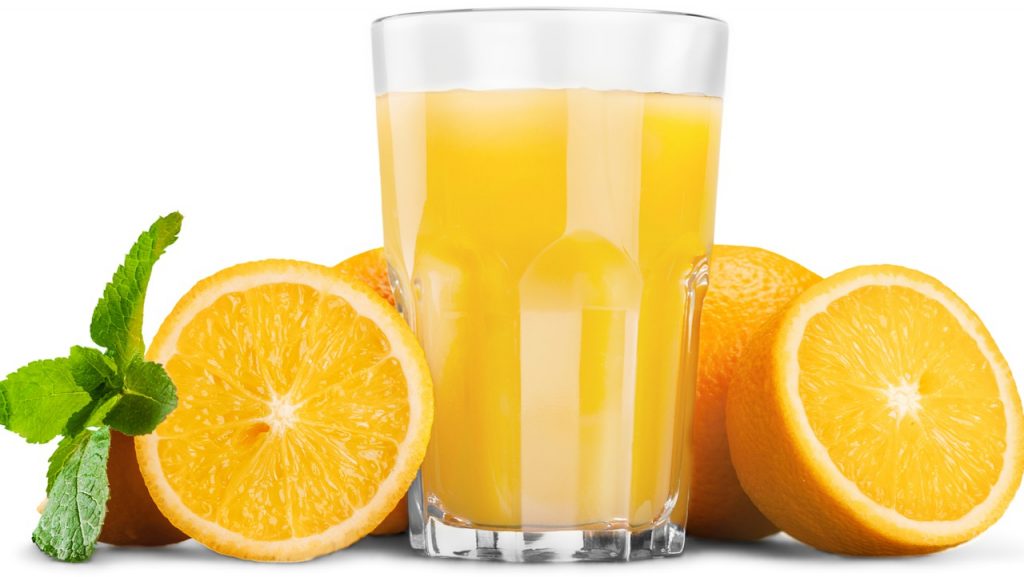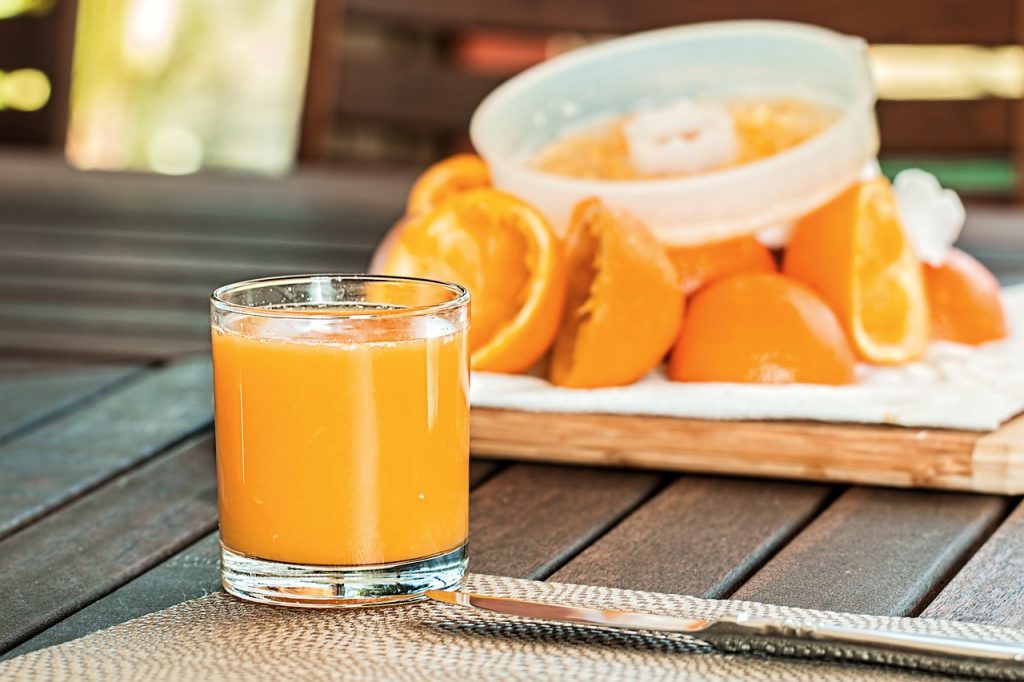Orange Juice Prices Are Sharply Rising For One Scary Reason
Orange juice prices are rising at staggering rates and the reason why is downright frightening.
This article is more than 2 years old

In the United States and around the world, citrus disease and bad weather have become extreme factors impacting the availability of oranges. Meanwhile, the pandemic boosted demand for orange juice, which had been declining for years. The cost of orange juice has risen as a result of the epidemic, and it will likely to continue to rise. Frozen orange juice futures have increased by more than 50% during the pandemic, reaching a two-year high last week — up 5% on Thursday alone. Shawn Hackett, head of Hackett Financial Advisors, which is an agricultural commodity analysis firm, says there is an imbalance in the classic supply-demand chain. As a result, shoppers may expect “much higher supermarket prices.”
Unfortunately, orange juice costs are expected to rise at a time when consumers are already dealing with inflation in a variety of areas. According to the Bureau of Labor Statistics, the US consumer price index grew 7% in the past year before seasonal adjustments largest increase in prices since June 1982. Food purchased at home has increased by 6.5% in the last year, while restaurant prices have increased by 6%. Orange juice futures are higher, while fruit juice and nonalcoholic drink costs have already risen 5.7% this year.
There is no doubt that a dwindling supply of oranges continues to impact the cost of orange juice around the world. Florida is expected to produce 44.5 million boxes of oranges this year, according to the USDA, which is an unusually small harvest. According to a Florida statistician, that would be the lowest since the 1944-45 season, when 42.23 million boxes were produced. Is America going into a deep recession?

The statistician pointed out that Florida’s orange crops, which produce the majority of the country’s orange juice, have been declining for years. Citrus greening, a sneaky citrus disease that causes smaller oranges and fewer fruits per tree, is one of the culprits. Another issue stems from the fact that smaller oranges yield less juice. That means that processors, who are already spending more due to a shortage of oranges, will have to buy more oranges to produce the same amount of juice they have been producing. As a result, customers will face increased costs.
International growers, on the other hand, are struggling with their own set of problems. Last year, Brazil experienced a historic drought, which severely harmed the orange crop used to make orange juice. It is believed that the country won’t have exportable supplies for some time.
Even though the pandemic has constrained orange supply contracts around the world, orange juice is seeing a rebirth, and demand is increasing. So, why is it that for the past 20 years the demand for orange juice decreased but is now on the rise? This is partly due to shifting consumer attitudes toward health, which has rendered fruit juice, which is high in sugar and calories, undesirable. It’s also because, over time, many Americans have stopped having breakfast at home and instead prefer to eat breakfast on the go. During the pandemic, however, many people have resumed having breakfast at home, and some have added orange juice to their diet.





